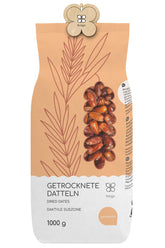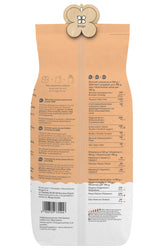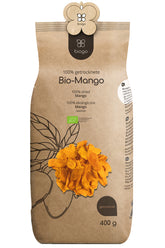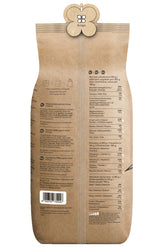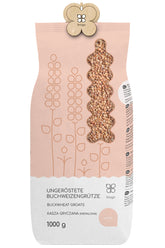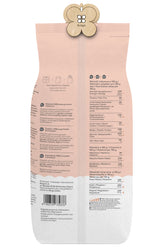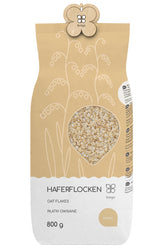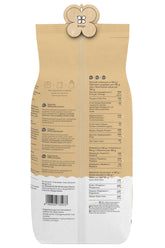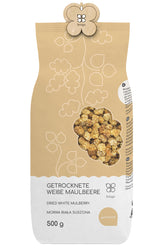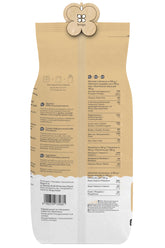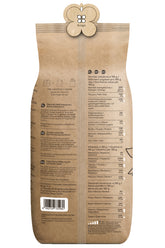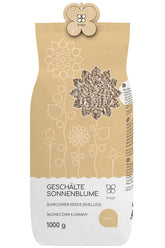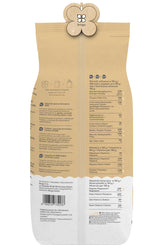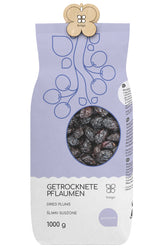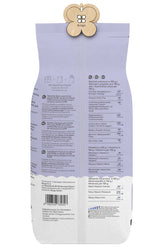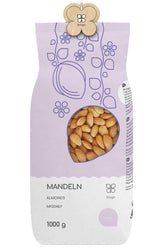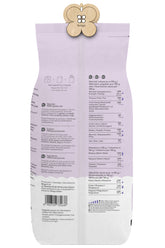L-tartaric acid, also known as L-tartaric acid or Acidum tartaricum, is a versatile organic acid that plays an important role in chemistry, the food industry, and cosmetics. In this blog post, we will take a closer look at the properties and applications of L-tartaric acid and discuss how this hydroxy acid is used in various fields.
The chemistry of L-tartaric acid
L-tartaric acid belongs to the group of hydroxy acids and has the chemical formula C₄H₆O₆. It is a divalent carboxylic acid that contains two carboxyl groups (-COOH) and two hydroxyl groups (-OH) in its structure. This structure gives L-tartaric acid unique properties that are responsible for its diverse applications.
An important property of L-tartaric acid is its ability to complex metal ions. This means it is capable of binding metal ions such as calcium, magnesium, or iron and thus forming stable complexes. This makes it a valuable complexing agent in chemistry and industry.
Furthermore, L-tartaric acid possesses a chiral structure, meaning it has two enantiomers, or mirror-image forms. This property is particularly significant in pharmacy and biochemistry, as enantiomers can often have different biological effects.
Applications of L-tartaric acid in chemistry
In the chemical industry, L-tartaric acid finds diverse applications. On one hand, it is used as a complexing agent to bind unwanted metal ions in solutions and thus control their reactivity. For example, L-tartaric acid is used in cleaning agents to prevent limescale deposits.
Furthermore, L-tartaric acid plays an important role in the food industry. Here, it is used as an acidulant, preservative, and flavor enhancer. In baked goods, beverages, and canned foods, it provides the typical sour taste and contributes to the shelf life of the products.
In pharmacy, L-tartaric acid is also used, for example as a component of medications or as an excipient in tablets. Due to its ability to complex metal ions, it can also be used for detoxification in cases of heavy metal poisoning.
L-Tartaric Acid in Cosmetics
In addition to applications in chemistry and industry, L-tartaric acid is also used in the cosmetics sector. Here, its properties as a hydroxy acid are beneficial.
Hydroxy acids like L-tartaric acid are known in cosmetics for their exfoliating effect. They can gently remove the skin's stratum corneum, thus promoting improved cell renewal and a more even complexion. Therefore, L-tartaric acid is frequently used in facial peeling products.
Moreover, L-tartaric acid also possesses moisture-regulating properties. It can improve water binding in the skin, thus contributing to smoother and more radiant skin. For this reason, L-tartaric acid is also found in moisturizing creams and lotions.
Last but not least, L-tartaric acid is also used in cosmetics as a pH regulator. Since it is a weak acid, it can adjust the pH of cosmetic products to the natural pH of the skin. This is important to avoid stressing the skin barrier and preventing irritation.
Safety in Handling L-Tartaric Acid
Although L-tartaric acid is used in many areas, it is important to handle this substance responsibly and safely. In pure form, L-tartaric acid can cause irritation upon skin contact. Therefore, protective gloves should be worn when handling concentrated solutions.
Moreover, L-tartaric acid is toxic in higher doses when swallowed. For this reason, it is important to store L-tartaric acid out of reach of children and to strictly adhere to the dosage in cosmetic products or medications.
Overall, however, L-tartaric acid is a relatively safe substance that is used in many everyday products. With proper handling and adherence to safety guidelines, the diverse benefits of this hydroxy acid can be fully utilized in chemistry, industry, and cosmetics.
Conclusion
L-tartaric acid is a versatile organic acid that plays an important role in numerous application areas. Its properties as a complexing agent, acidulant, and hydroxy acid make it a valuable component in chemistry, the food industry, and cosmetics.
Whether as a cleaning agent, pharmaceutical additive, or moisture booster in cosmetic products – L-tartaric acid is indispensable in many everyday products. With proper handling and dosing, the benefits of this substance can be fully utilized without posing risks to humans and the environment.

